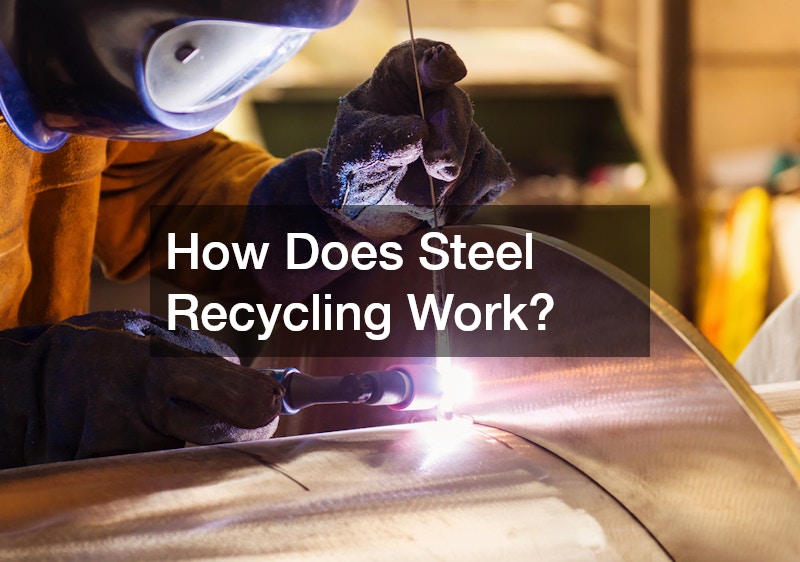How Does Steel Recycling Work?

Steel recycling plays a crucial role in preserving natural resources and reducing environmental impact. The process is highly efficient, allowing steel to be recycled repeatedly without losing its strength or quality. Here’s a breakdown of how steel recycling works, from collection to re-manufacturing.
Collection and Sorting
The steel recycling process begins with collection. Steel products, such as old appliances, cars, and construction materials, are gathered from various sources.
Once collected, these items are taken to recycling centers, where the steel is separated from other materials like plastic, rubber, or glass. Sorting is vital to ensure that only steel moves forward in the recycling process.
Shredding and Melting
After sorting, the steel is shredded into smaller pieces to facilitate further processing. Shredding allows the steel to be broken down into a manageable size, speeding up the next stage: melting. The shredded steel is loaded into a furnace, where it is melted at high temperatures. Depending on the type of furnace used, steel can reach temperatures of over 2,500°F. Melting ensures that any impurities in the steel are removed, preparing the material for reformation.
Purification and Refining
Once the steel is melted, the purification process begins. This step often involves using magnets to remove any remaining non-steel materials. The steel may also go through refining processes to remove additional impurities, ensuring it meets the necessary standards for re-manufacturing. The purified molten steel is then poured into molds and allowed to cool, forming solid steel blocks, ingots, or sheets.
Re-Manufacturing
After the steel has been cooled and solidified, it is ready for re-manufacturing. The recycled steel can be used in a wide range of applications, including the construction of buildings, vehicles, appliances, and infrastructure. Because steel maintains its quality through the recycling process, it can be used in the same applications as newly mined steel, making it an invaluable resource in industries worldwide.
Environmental Benefits
Recycling steel offers significant environmental benefits. First, it reduces the need for mining raw materials like iron ore, which conserves natural resources. Additionally, the steel recycling process consumes less energy than producing new steel from raw materials, resulting in lower carbon emissions. By recycling steel, industries can contribute to a more sustainable future, minimizing waste and promoting a circular economy.
Watch the video above to learn more about steel recycling in Austin, TX! .







